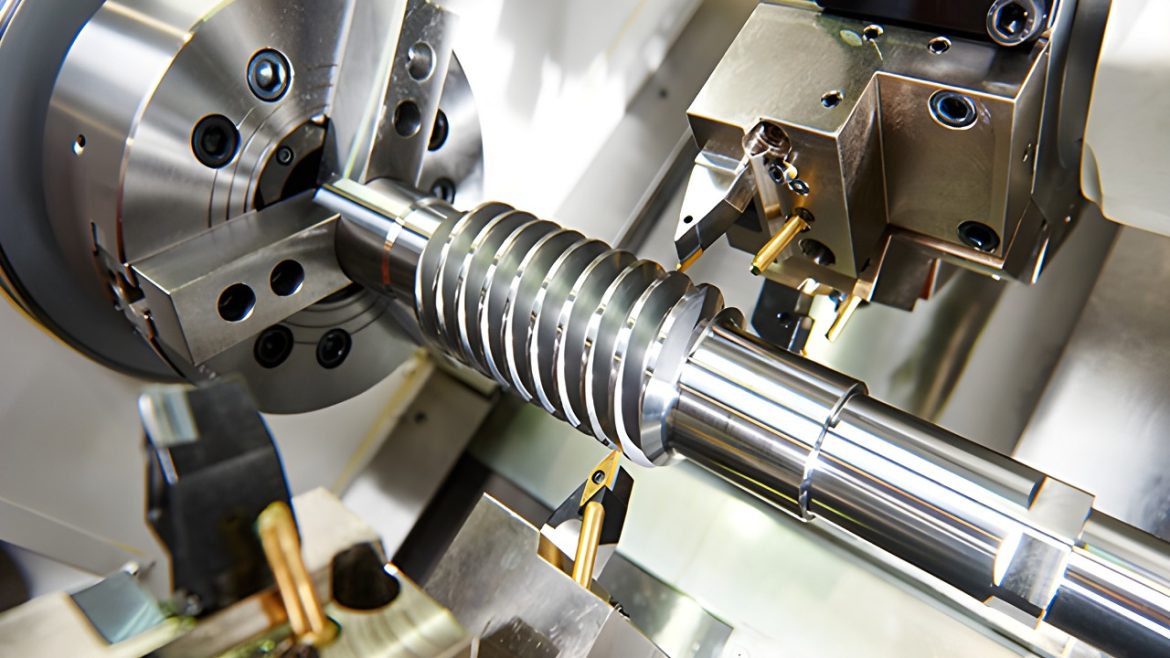In the world of precision engineering and manufacturing, one method has consistently stood out for its exceptional precision and versatility: swiss cnc prototyping. Originating from the watchmaking industry in Switzerland, this method has evolved and found its applications in various industries, from aerospace to medical devices. In this article, we will explore the remarkable advantages of Swiss machining and why it continues to be the preferred choice for producing intricate and high-quality components.
The Origins of Swiss CNC Machining
Swiss CNC machining is often associated with two distinct elements. First, it refers to a specific type of machining equipment, the Swiss machine, which is renowned for its ability to produce small, intricate parts with incredible precision. Second, it represents a machining technique that specializes in the production of slender, high-precision components. Originally developed for crafting watch parts, Swiss CNC machining has expanded its reach into various industries, earning its reputation for delivering exceptional results.
Precision Beyond Compare
At the heart of Swiss CNC machining is its unparalleled precision. Swiss machines are designed with a sliding headstock and guide bushes that provide fixed support for the workpiece during machining. This design allows Swiss machines to maintain extremely tight tolerances, often as narrow as ±0.0005 inches. As a result, Swiss machining excels in producing components that are significantly longer relative to their diameter.
Applications Across Industries
Swiss CNC machining has found extensive use in a wide range of industries thanks to its precision and versatility. Some key sectors that benefit from this technology include:
Aerospace
The aerospace industry demands parts with uncompromising precision, making Swiss machining the ideal choice for producing components like engines, wings, and cockpit controls.
Medical Devices
In the medical industry, where precision can be a matter of life and death, Swiss machining is trusted for crafting intricate medical components, such as hinges, electrodes, and tabs used in surgical procedures.
Automotive
Swiss machining has made significant inroads in the automotive sector, contributing to the production of precision parts like bushings, shafts, brake systems, and suspension components.
Consumer Electronics
Components for consumer electronics, such as lens housings and connectors, require tight tolerances and smooth surfaces, making Swiss machining the preferred method.
Key Differences from Traditional CNC Turning
One of the critical distinctions between Swiss machining and traditional CNC turning lies in the machine’s capabilities. While traditional CNC lathes typically have two to four axes, Swiss machines often boast five, seven, or even more axes. This increased flexibility enables Swiss machines to handle complex parts more efficiently. Furthermore, Swiss machines are designed to operate at high speeds, reducing production time and increasing efficiency.
Design Tips for Swiss CNC Machining
Designing parts for Swiss CNC machining requires a unique approach. Some design considerations include:
Clear and Accurate Drawings
Precise drawings with detailed information on dimensions, tolerances, materials, and finishes are essential for efficient machining.
Standard-Sized Holes
Using standard-sized holes whenever possible simplifies machining and reduces costs.
Avoiding Sharp Corners
Sharp interior corners can be challenging to machine, so designing parts with rounded corners is advisable.
Minimize Unnecessary Tolerances
Tight tolerances should only be applied to critical areas to reduce machining time and cost.
Conclusion
Swiss CNC machining has established itself as the epitome of precision and efficiency in the manufacturing world. Its roots in Swiss watchmaking have paved the way for its application in diverse industries, where intricate and high-precision components are essential. As we continue to demand smaller, lighter, and more precise parts, Swiss machining will undoubtedly play a pivotal role in shaping the future of manufacturing.

